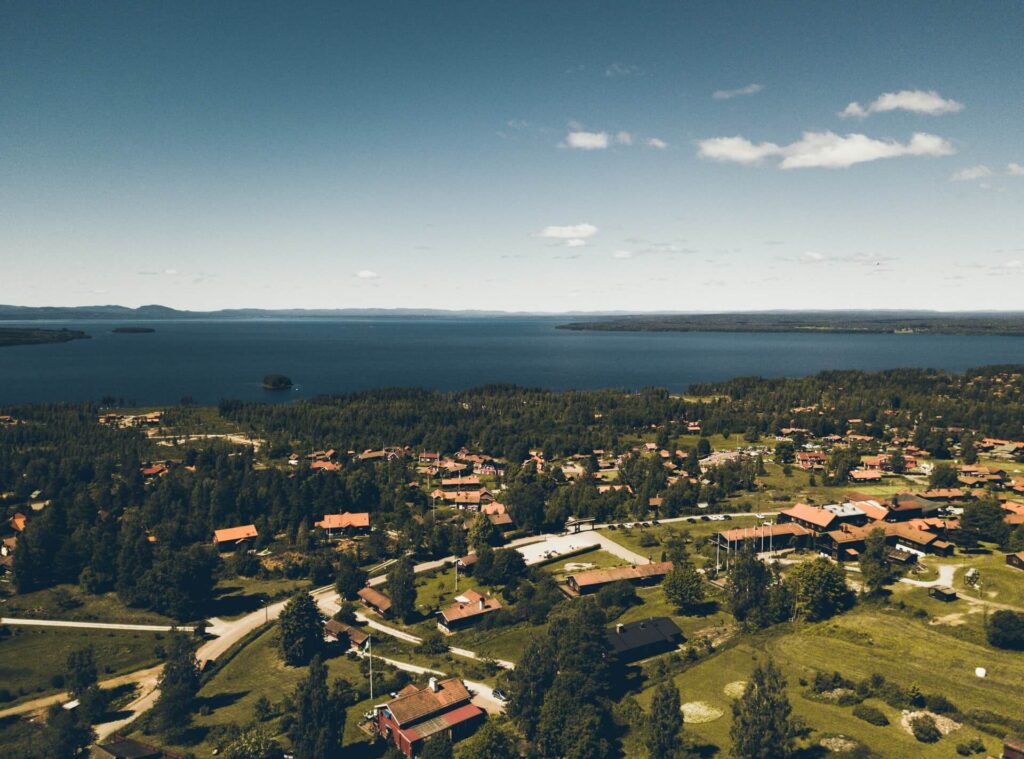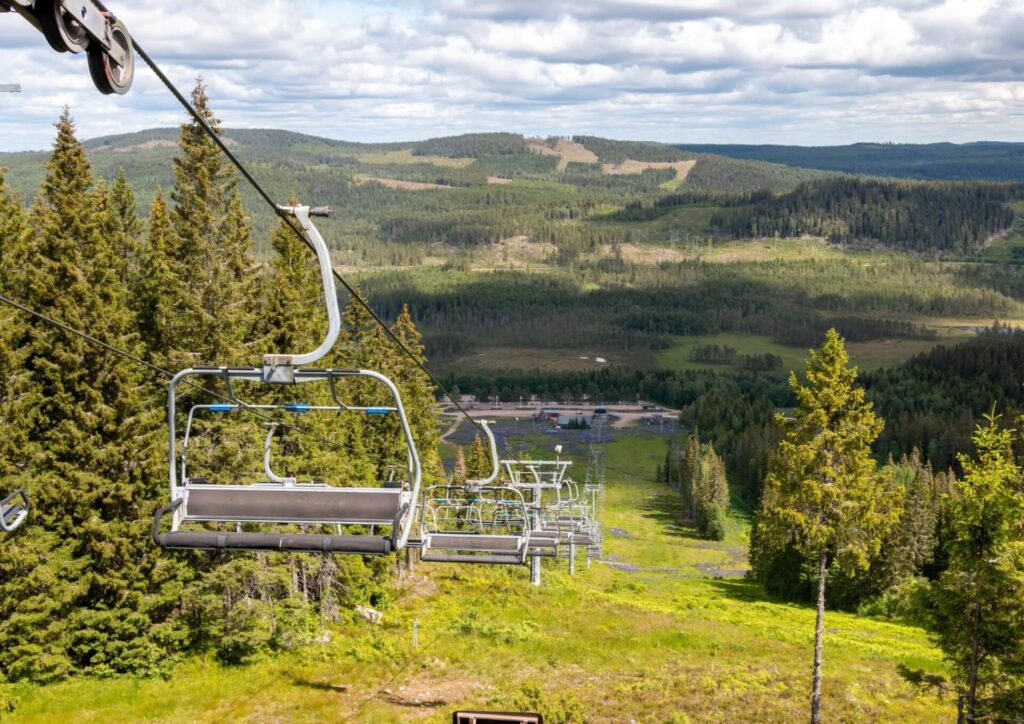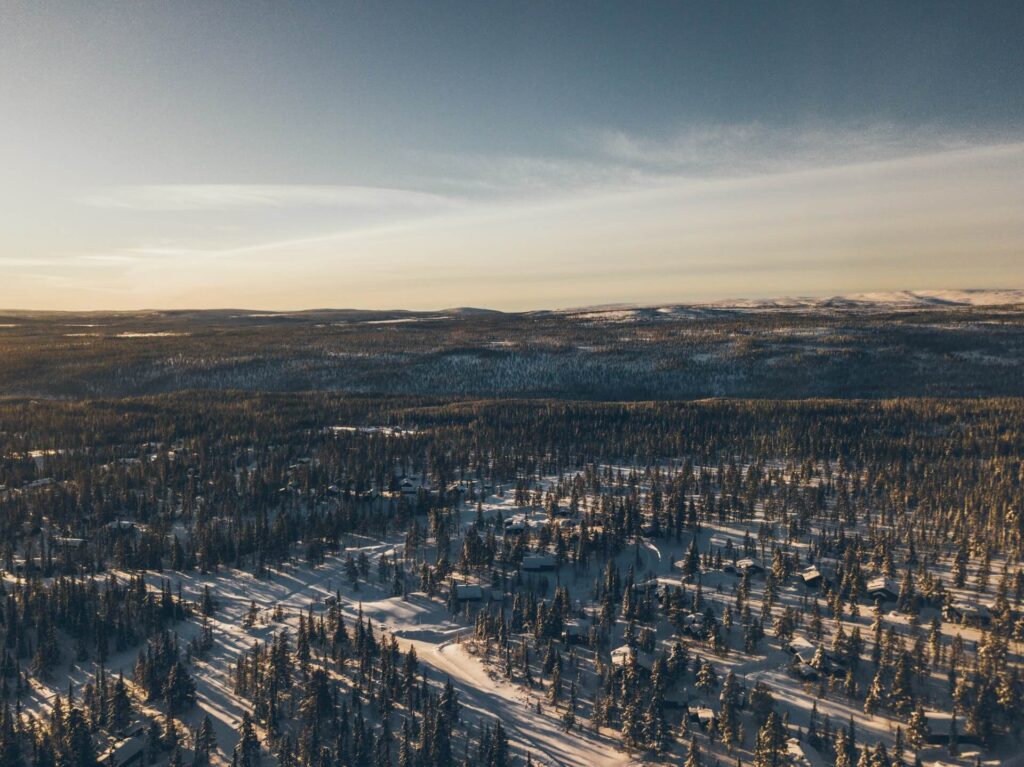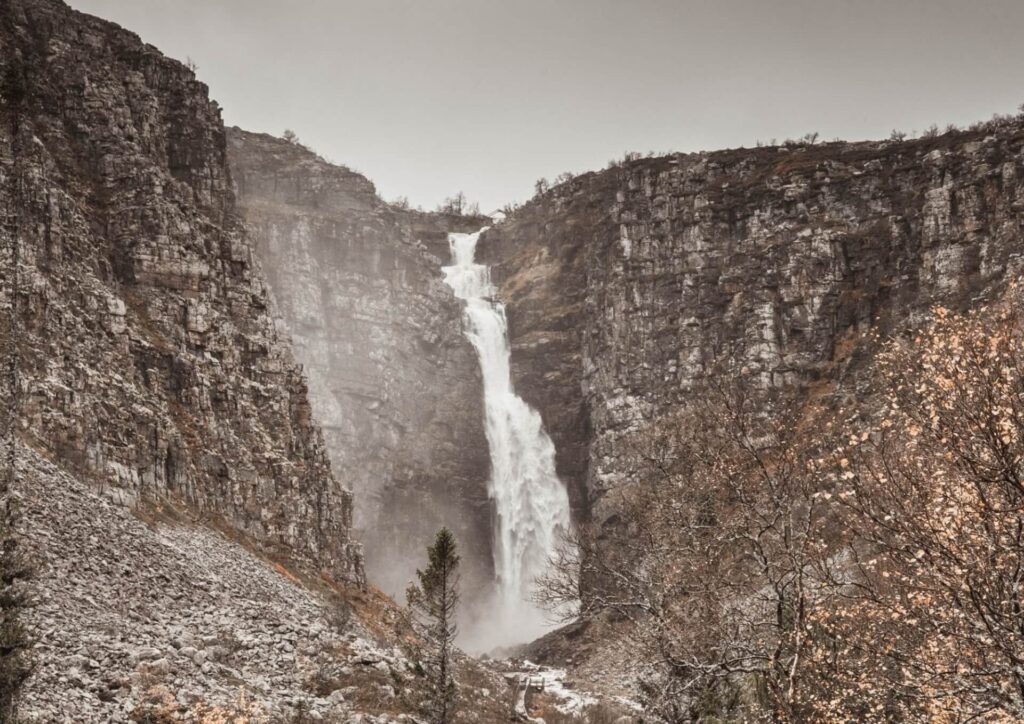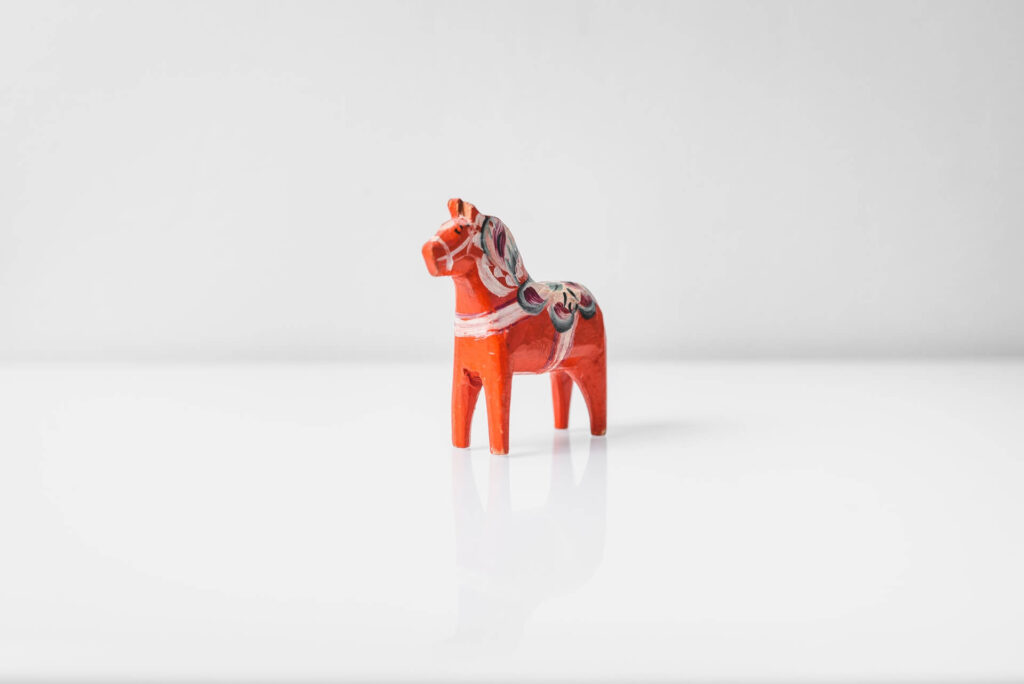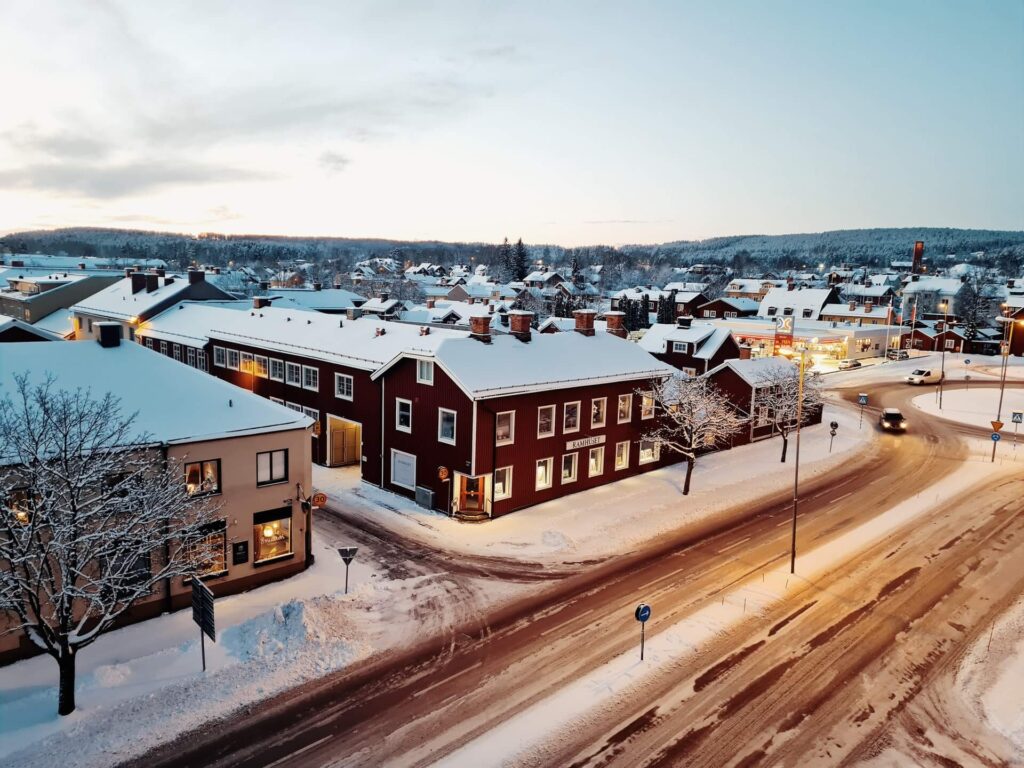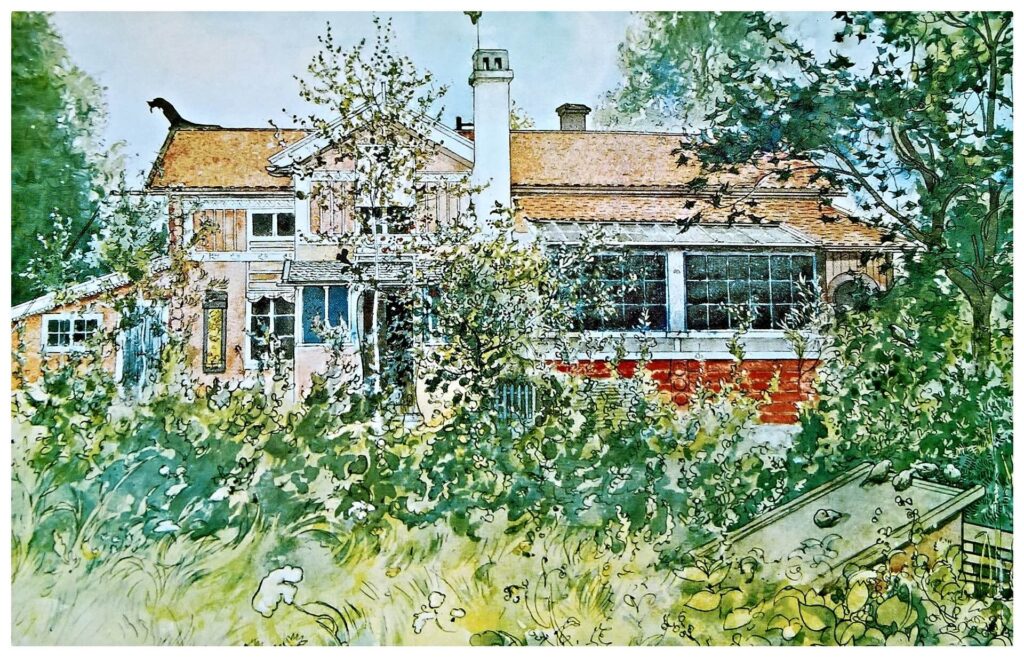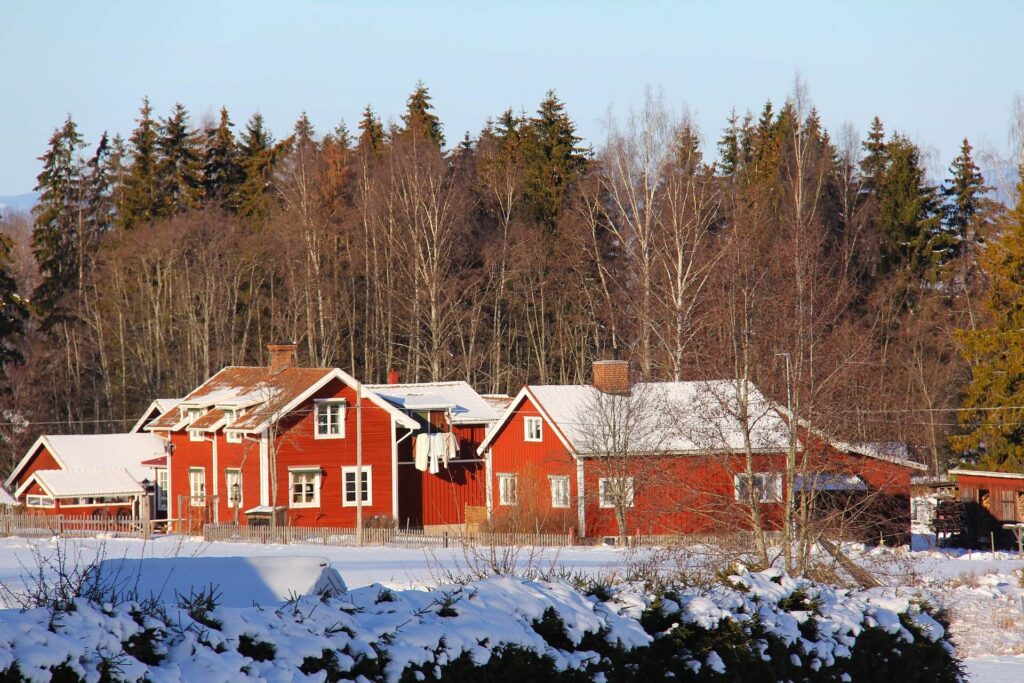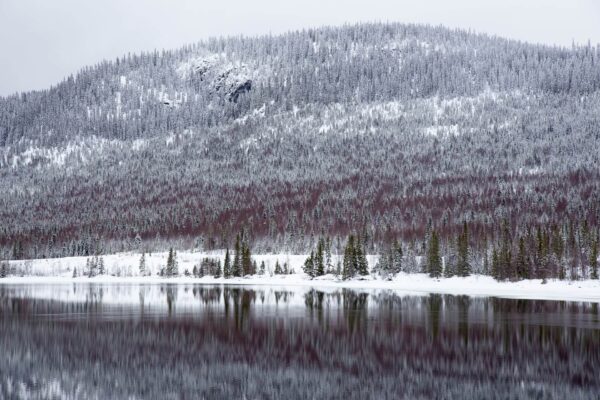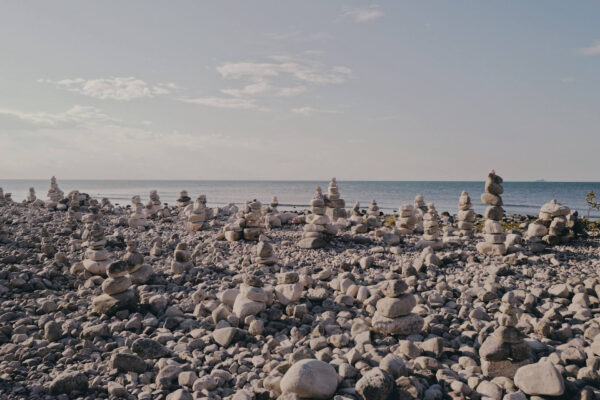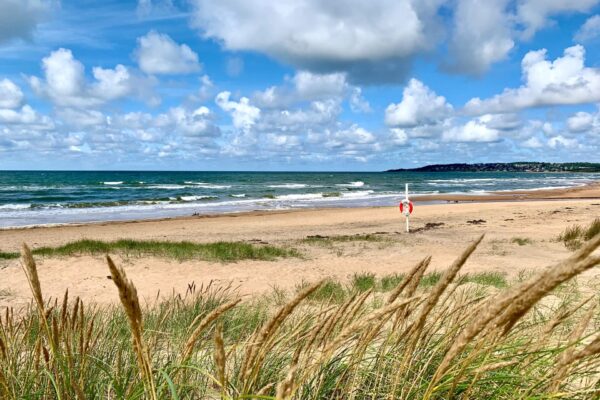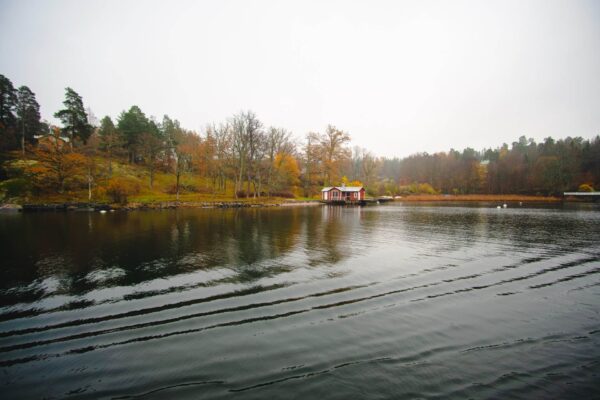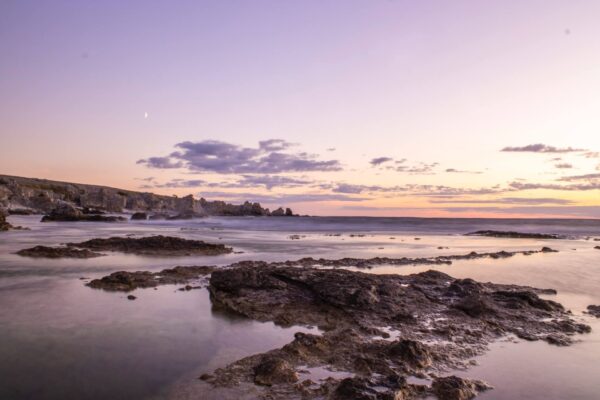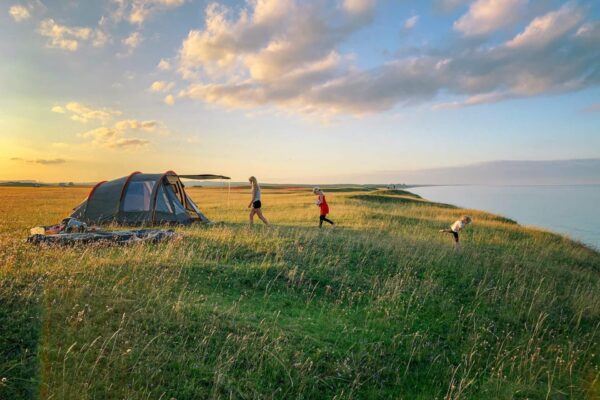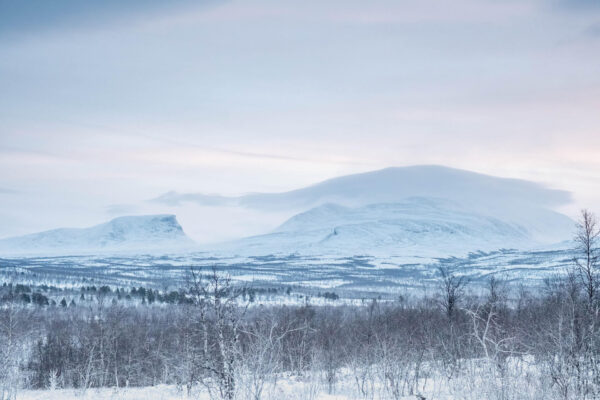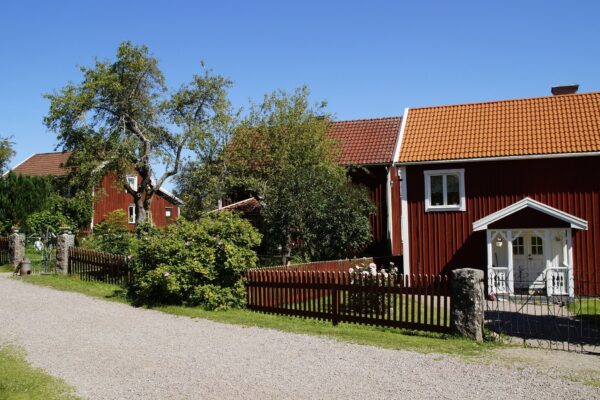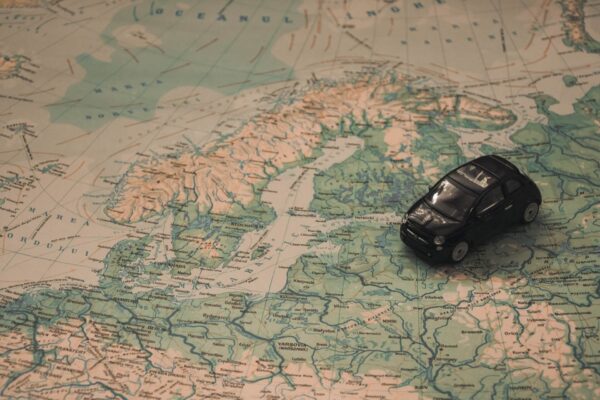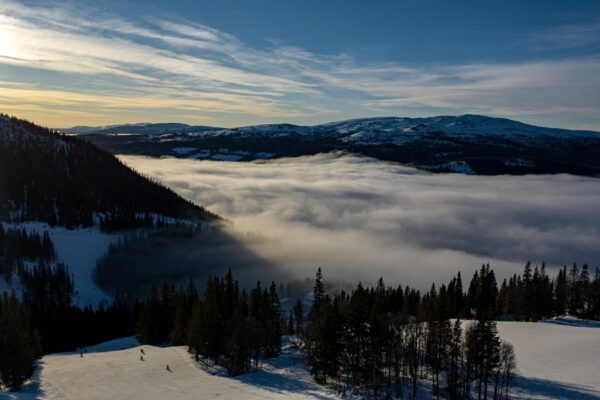Dalarna means “the valleys” in English – and it’s not too difficult to understand where the name for this historic province in central Sweden comes from. The landscape is characterised by the most beautiful nature, dense forests line the shores of numerous lakes, all surrounded by impressive mountains. The “Sweden in miniature” also has a lot to offer culturally – not only the world-famous Dala horse has its home here.
Dalarna is located in central Sweden in the heart of the country, partly on the border with Norway. The province is characterized by its hilly landscape with untouched nature, deep forests and wide lakes, and mining. The main town in the region is Borlänge.
| Part of the country | Svealand (Central Sweden) |
|---|---|
| Area | 29,086 km² |
| Inhabitants | 277,000 |
Dalarna’s nature – Perfect for an active holiday
Dalarna is known for its expansive and beautiful “typically Swedish” nature – here you will find deep forests, large lakes and gentle mountains and hiking-friendly mountains. The province of valleys is therefore perfect for an active holiday, so don’t forget your hiking boots or cycling helmet. In winter, snow and ice are also guaranteed, turning the region into a paradise for winter sports enthusiasts, especially in the Idre Fjäll, Romme Alpin and Sälen ski resorts.
The region around Siljan, Sweden’s seventh largest lake, is a particularly good place for all kinds of outdoor activities. Here you can go hiking, cycling, swimming, fishing or canoeing to your heart’s content. The Siljansleden hiking trail runs around the lake, covering a total of 340 kilometres and divided into 21 stages.
If you want to get to know a truly historic hiking trail, you can tackle stages of the Dalkarlsvägen. The long-distance hiking trail runs for 360 kilometres from Dalarna to Stockholm and is a replica of the historic migration route along which many people left rural Dalarna for the city in search of work in the 19th century.
Other highlights in Dalarna are the Helvetesfallet – or “Gorge of Hell” – and the impressive Fulufjället National Park on the Norwegian border. In addition to deep primeval forests and high mountains, there are also many fascinating waterfalls here, including Njupeskär, the highest waterfall in Sweden at 93 metres. The Fulufjället is also home to the Ild Tjikko spruce – the oldest individual tree in the world at a good 9550 years old.
Art and culture in Dalarna
Dalarna is not only very close to nature, but also rich in cultural heritage. Perhaps the most famous sight in Dalarna is in the town of Falun: here you will find the former copper mine, once the largest copper mine in the world, which was responsible for two thirds of the world’s copper production. Today, mining is no longer carried out here, instead the mines are a UNESCO World Heritage Site and open to visitors. Among other things, you can learn a lot about the site on the 1.6 kilometre long tour and enjoy a fantastic view at the same time.
The copper mine is also the actual home of the famous Swedish red, which is a by-product of copper production. Dalarna is not only home to this iconic typically Swedish product, but is also the birthplace of the Dala horse, one of the most popular souvenirs from Sweden. They were originally created as toys for the children of farmers, but quickly developed into popular merchandise. Incidentally, the largest Dala horse in the world is located in the town of Avesta – the sculpture is 13 metres high.
The Dalarnas museum is also located in Falun – if you want to find out more about the province, its history, culture and folklore, you should definitely make a stop here.
Anyone interested in art should make a detour to Dalarna’s artists’ houses. More precisely, these are the former homes of the Swedish painters Carl Larsson and Anders Zorn. Carl Larsson came to Sundborn in Dalarna with his wife Karin and their children in 1901 and developed his own aesthetic for living and furnishing, which is still considered typically Swedish: brightness, colourfulness, cheerfulness and functionality. Anders Zorn’s house in Mora is characterised by the English “Arts & Crafts” movement and filled with original furniture.
Culinary highlight from Dalarna: The Falukorv
One of the most famous culinary highlights from Dalarna comes from Falun – the Falukorv (Falun sausage). It is a thick, mild pork and beef sausage that is often fried in slices. The history of the sausage is closely linked to the history of its home town – long leather straps made from oxhide were needed for mining. It was German miners who came up with the idea of processing the meat of the oxen into sausage – and so the Falukorv was created, which is now eaten all over Sweden, often with macaroni or mashed potatoes, another variation is the “Korv Stroganoff”.
